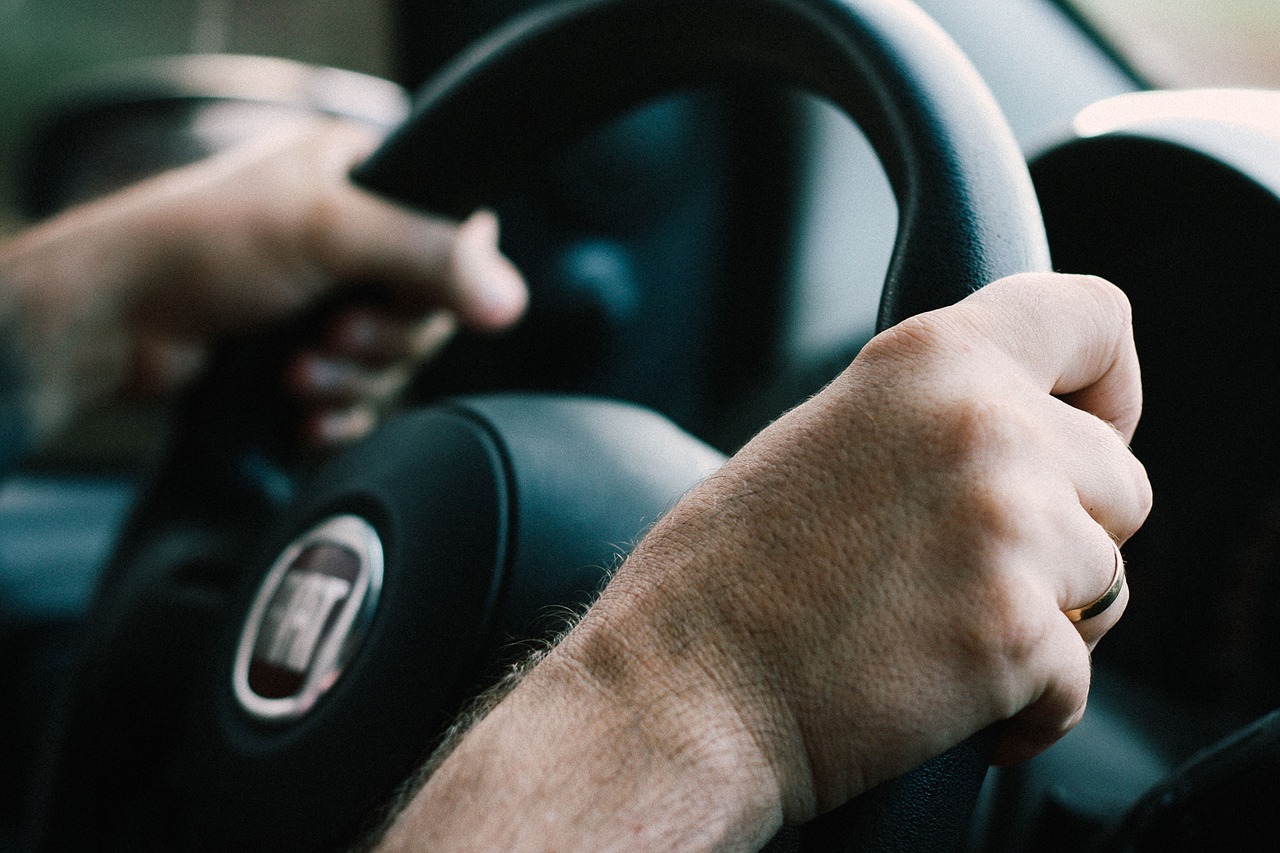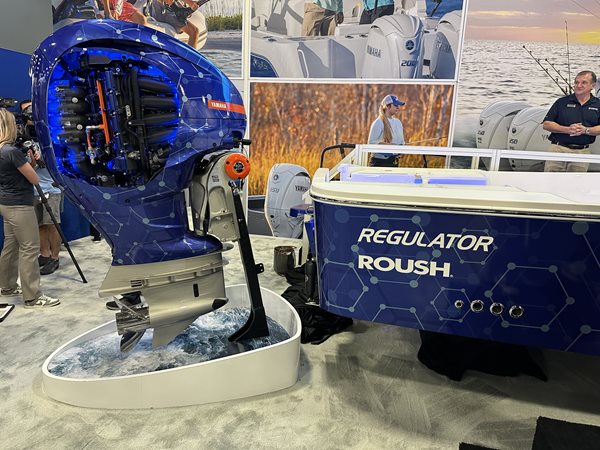Most of us spend a lot of time behind the wheel or as passengers in cars, and in some cases, that can lead us to underestimate the true risks of roadways.
The reality is that any time we’re in a car on the road, we’re at risk of being in an accident. Risk factors that we may be responsible for or that other people could inflict on us include speeding, distracted driving, and even more serious offenses like drinking and driving. Driving while intoxicated can have severe consequences, and if you’re in a crash with a driver under the influence, it can be life-altering.
No matter what you do, there will be some level of risk that you’re taking on when you drive, but there are certain steps you can take individually to minimize your risk exposure, at least somewhat.
One thing you can do is focus on being a defensive driver. Defensive driving means that you’re using strategies that allow you to predict and anticipate various hazards you may face. If you do an official defensive driving class, you learn how to make safe, informed decisions as well.
You can also choose as safe a car as possible, that’s within your budget. The following are some tips for choosing a safe car.
Look at Crash Test Scores
One of the first things to do if you’re in the market for a new or used car is to look at the crash test ratings.
The Insurance Institute for Highway Safety (IIHS) has ratings for how well a vehicle can protect the people in it if there’s a crash.
You’ll often hear this referenced in terms like Top Safety Picks. Crashworthiness rating factors include a car’s roof strength, the integrity of the sides of the vehicle, head restraints, and the type of seat.
Along with the IIHS, the National Highway Traffic Safety Administration also conducts crash tests. The NHTSA does a frontal crash test, where a car runs into a wall.
Airbags
Most newer cars are equipped with airbags, so it’s less of a concern to consider this if that’s what you’re buying.
If you’re buying an older car, you want to make sure there are airbags.
From a safety perspective, ideally, a vehicle you’re buying should have both front and side airbags in both the front and backseat.
Side collisions are the most common type of accident behind only frontal collisions. Side collisions are also more likely to end in a fatality than any other type of accident.
Electronic Stability Control (ESC)
ESC is a version of the Antilock Braking System that’s multi-directional so that it reduces the potential that you’ll skid on curvy roads.
With ESC, the idea is that braking force is applied to individual tires, so the driver of the vehicle, in turn, has more maneuverability.
That can reduce the risk of a single-vehicle crash by more than half.
Anti-lock brakes on their own are also an important safety feature to look for in a new car.
Anti-lock brakes help you keep control of your vehicle if you’re in a situation requiring a hard brake. You don’t have to pump your brakes manually, and instead, anti-lock brakes will pump them automatically several times a second.
Visibility
There is a move in the U.S. to make backup cameras standard equipment in vehicles, but we’re not there quite yet. The administrator of the NHTSA did say that they will soon include backup cameras as recommended technology and that in and of itself will likely encourage carmakers to include them.
If possible, when you’re searching for a vehicle, opt for one with a backup camera.
Structural Design, Size and Weight
When you’re choosing a car, the goal is to find one that has a protective safety cage on which you’ll sit when you’re in it. You can do a little research and the crash test ratings detailed above will also help you figure this out as you’re comparison shopping.
You want a car with a front and rear that bend and fold to absorb the force of a crash.
If safety is a top priority, it’s also likely you want to choose a heavier, larger car. They’re simply harder to damage in a crash than a smaller car.
There are downsides of a larger car, such as the fact that they’re more prone to rollovers, so this means you don’t have to get the biggest available car, but just one that’s substantially sized.
Check For Recalls
Before you decide on a car, check for any recalls. You can use the VIN and then go to nhtsa.gov/recalls to determine whether or not there are any.
Newer Electronic Safety Features
If you’re going for a new or newish car, you might also think about getting one with electronic safety features such as adaptive cruise control and blind-spot detection. Other newer safety features include lane departure warning and automatic emergency braking.
Daytime Running Lights
Daytime lights are good because it improves visibility. It helps other people see you more easily, which can help reduce the likelihood you’re in an accident during the day.
If you don’t have daytime lights, your low lights don’t function in the same way.
Get a Pre-Purchase Inspection
Before you buy a car, take the time to get a thorough inspection done. Even if you choose a vehicle that’s top-rated in terms of safety, it doesn’t mean that specific vehicle is up to par.
Have a qualified inspector look a vehicle over before you commit to a purchase.
If you’re in the market for a new vehicle, take your time, and do your research. It’s an important decision for your safety and the safety of your family, particularly as the number of serious crashes continues to go up each year.







